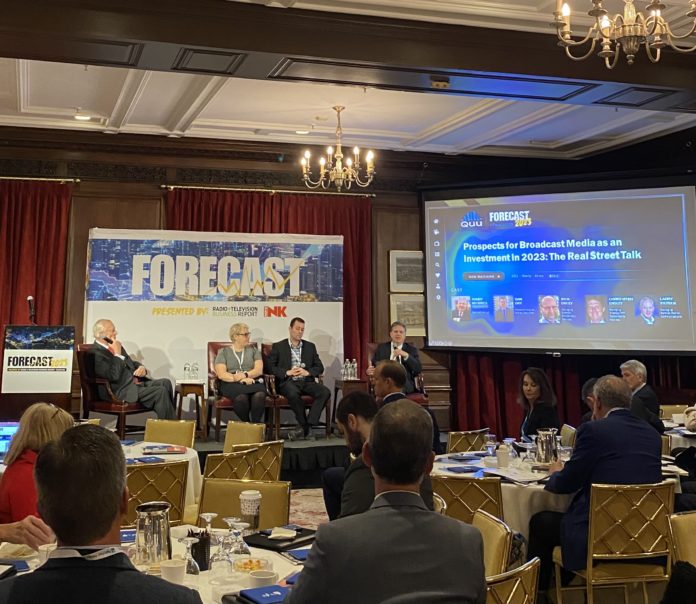U.S. local advertising revenue will reach $171 billion, excluding political spending, in 2025.
This represents a 6.1 percent increase over 2024, says BIA Advisory Services. While that sounds great, there is one driver that stands out: the gain is mainly tied to spending on digital media.
And that’s on an ex-political basis. When political advertising is included, the total estimated spend of $171.4 billion will be a slight decline of 0.5 percent below 2024, given last year’s relatively large political spend.
The updated forecast shows “slight” adjustments to previous estimates for 2025, with advertising revenue (excluding political) adjusted up by a meager 0.03 percent from the last forecast and total local ad revenue, including political spending, adjusted up by 0.1 percent.
“Our latest forecast indicates that local advertising is showing resilience, despite the ongoing changes in the economic landscape,” said Nicole Ovadia, VP of Forecasting and Analysis at BIA Advisory Services. “Although we expect core advertising to remain stable, we’ve adjusted our outlook to account for various market factors like interest rates and consumer sentiment and significant changes in media consumption patterns that are driving digital growth.”
The key findings from the 2025 U.S. Local Advertising Forecast are:
- Digital transformation is accelerating rapidly: Traditional advertising channels show weaker performance metrics, while digital platforms surpass growth expectations. This trend indicates a faster-than-anticipated shift in advertising allocation strategies.
- Growth Platforms: Due to political advertising, there were more crowd-outs in 2024, so TV Digital grew faster than anticipated. Connected TV/Over-the-top is still the fastest growing overall as local advertisers continue to embrace this media.
- Political Impact: Despite being an off-election year, 2025 will see significant political advertising activity in key local markets affected by special elections and gubernatorial races.
The forecast indicates “strong” growth in several sectors: Real Estate at 9.3 percent, Restaurants at 9.2 percent, and Retail at 6.8 percent. These three sectors are critical indicators of local advertising activity and trends. The Education and Automotive verticals are also experiencing substantial growth, with increases of 5.0 percent each.
“Key verticals are showing notable shifts in 2025,” said Rick Ducey, Managing Director at BIA Advisory Services. “While what we term the ‘3Rs’ – Restaurants, Retail, and Real Estate – lead growth, we see interesting opportunities in Auto and Education. Auto dealers are likely to revive aggressive financing promotions when interest rates ease, and educational institutions are increasing their digital presence, particularly through geo-targeted campaigns, to connect with price-sensitive students who might not have considered nearby educational options before.”





